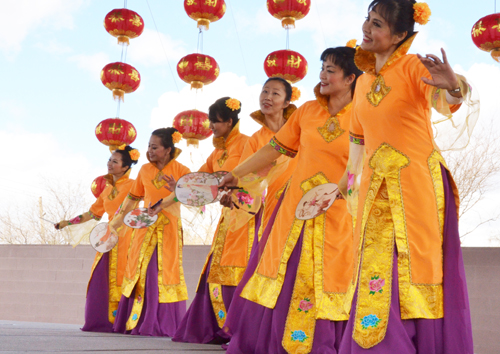
Tucson Sino Dancers at the 2013 Chinese New Year celelebration at the Tucson Chinese Cultural Center.
photo courtesy Tucson Chinese Cultural Center
Pass the lucky-money envelopes and deck the halls anew with simply red. In the spirit of inclusiveness, tradition and fun, Tucson soon should be awash with exotic new year revelry. But don’t forget your saddle, because this is 4711, the Year of the Horse – one of the animals from the Chinese zodiac which rotates annually at this time of the Lunar New Year.
Tradition tells us that those born under the sign of the horse are energetic, intelligent, good communicators and physically strong. Of all the zodiac animals, horses love crowds and entertainment, so expect good social karma to bless Tucson during this most important and longest holiday, which lasts 15 days and begins on Jan. 31.
While Chinese (as well as Korean, Vietnamese and many other Asian) families around town celebrate by feasting at home and making auspicious, elaborate paper cuts to hang from their windows, the rest of us will want to head over to the Tucson Chinese Cultural Center (TCCC), 1288 W. River Rd., to channel this traditional seasonal festival.
Opened in 2006, the TCCC’s River Road headquarters is the community hub for Tucson’s Chinese-American population, whose legacy in Tucson’s development started along Main Avenue downtown in the 1800s, and grew to include prominence in agriculture, grocery and other businesses across the region.
Now this 15,000 square-foot facility is host to a range of programs and services from business development to Tai Chi for elders, and is a community resource dedicated to the preservation and promotion of Chinese culture across Tucson. TCCC also houses a basketball court, community meeting spaces and a library, but nothing matches the concentrated burst of fiesta-styled energy that infuses Tucson via the center’s Lunar New Year celebration.
This year the public is invited to welcome in the Year of the Horse at TCCC on Sat., Feb. 1. That’s when you can snake your way through a Chinese cultural extravaganza throughout the center’s grounds, enjoying Chinese dancing, folk crafts, songs, instruments, foods and martial arts that demonstrate 5,000 years of cultural tradition. The exquisite Tucson Sino Dance will be there, as will tastings of various Chinese province cuisine. If you’ve not tried the traditional Jiaozi dumplings, local chefs including Wanda Zhang of Oro Valley’s Harvest Moon Chinese restaurant will be preparing the delicacy. (See her recipe below).
You’ll also get a chance to see the Tucson Lion Dancers, accompanied by traditional drums, cymbals and gong, in a colorful ceremony intended to drive away evil spirits and summon good luck. This precision dance requires years of training and a high degree of mental and physical fitness, and Tucson’s troupe (always a show stopper at the Rodeo Parade), has just returned from performing its twists and turns throughout the televised Dec. 28 Fiesta Bowl parade.
California author Sylvia Sun Minnick (who did groundbreaking work on the ethnography of the Stockton and San Joaquin Valley Chinese, and advises the Tucson Center’s local history program) also will sign copies of her new memoir, Never a Burnt Bridge, and present Chinese-American women stories of success and survival at the festival.
Center President Richard Fe Tom says the showcase of regional foods, culture and entertainment attracts thousands.
“We’re celebrating our biggest and most important cultural holiday, and there is something for everyone,” notes Tom, who emigrated as a child from China in the late 1950s. “For those tied directly to our culture, it’s also a time to stay connected with our heritage and our roots. At this time and throughout the year, Chinese Center also serves as a voice to remind ourselves and the community of the many societal and economic contributions the Chinese Americans have made in Tucson and the Southwest. ”
For two joyous weeks after the Saturday celebration, Tucson can expect a ritual of New Year’s activities to continue across the city. According to TCCC’s board member and history committee chair Robin Blackwood, families traditionally will clean their homes prior to the New Year’s arrival, sweeping out old, bad luck and allowing the good luck of the new year to enter. During the commemoration traditionally there’s no cleaning, so New Year’s good luck will not be swept away, she says.
 “On the final night of the festival there are more dances, feasting, fireworks and displays of the paper lanterns that have brought light and color to Chinese observances for centuries,” Blackwood continues, “with mandarin oranges and tangerines, symbols of abundance and good fortune, given as gifts.”
“On the final night of the festival there are more dances, feasting, fireworks and displays of the paper lanterns that have brought light and color to Chinese observances for centuries,” Blackwood continues, “with mandarin oranges and tangerines, symbols of abundance and good fortune, given as gifts.”
While the New Year’s festivity grabs your attention, there are other activities throughout the year to help you further meander through Tucson’s Chinese culture and commemorate this Year of the Horse.
The center hosts lunch every Thursday to over 100 seniors, and also offers Tai Chi, lectures, mahjong and good fellowship. The center’s Chinese School teaches Mandarin Chinese and as well conducts classes in song, dance, ping pong, badminton and other arts. The center’s History Program is reaching into historic neighborhoods and including neighbors in its programs. A collection of storyboards telling tales of local Chinese families is on display in the TCCC and is free for public viewing.
Come spring, there will be a celebration of Tai Chi and Asian healthy living, and the summer Dragonboat Festival is highlighted by preparation of zongzi (Chinese tamales) by the Center’s Senior Program. A mid-autumn festival is marked by a youth lantern-design competition and lantern parade.
And so Tucson – a horse town in so many ways – finds one more reason to claim its title. To honor your inner horse, Zócalo suggests you dress in red, make some noise to ward off bad spirits and bring yourself special fortune by displaying fresh flowers. Remember your ancestors with poems written on red paper. Add Gung Hay Fat Choy (Cantonese) or Xin Nian Kuai Le (Mandarin) when extending your New Year’s howdy.
Remember how much a part we really are of this immensely diverse city, with so many treasured traditions still unbroken.
The Year of the Horse Lunar New Year celebration at the Tucson Chinese Cultural Center, 1288 W. River Rd., is Saturday, Feb. 1, from 11 a.m.-3 p.m. General admission: $2; free for children under 12. Year of the Horse Dinner and Fundraiser is Sat., Feb. 8, commencing at 5 p.m. at the Westin La Paloma Resort. The gala features live performance, a silent auction, casino and an elaborate dinner. Tickets are $150 per person, with proceeds benefiting the Tucson Chinese Cultural Center. Call the Center at 292-6900 for additional information.
The Tucson Chinese Cultural Center (TucsonChinese.org) is open from 9 a.m.-9 p.m. Tuesdays and Thursdays, 9 a.m.-1 p.m. on Saturdays, and 10 a.m. to 6 p.m. on Sundays.
…
Wanda Zhang (Harvest Moon Restaurant in Oro Valley) will demonstrate Chinese cooking techniques at TCCC’s Feb. 1 Festival. Following is her recipe for New Year’s jiaozi (which makes about 20 to 40 of the dumplings, depending on your wrapping skills, which can take years to perfect):
4 ounces shrimp
4 ounces Napa cabbage
2 tablespoons finely chopped green onion
2 tablespoons finely chopped cilantro
1 pound ground pork (or chicken)
Pinch salt
1 teaspoon garlic-flavored olive oil
3 ounces chicken broth
1 ounce cooking wine
2 tablespoons cornstarch
3/4 teaspoon sugar
Pinch white pepper
1 teaspoon oyster sauce
1 teaspoon sesame oil
1 teaspoon soy sauce
1 teaspoon ginger
1 package Peking Potsticker Wraps
2 teaspoons vegetable oil (for skillet)
Water
1. Separately chop shrimp, cabbage, green onion and cilantro into very fine pieces.
2. Mix together shrimp, cabbage, green onion, cilantro, and ground pork, then add the rest of the ingredients (except wrappers, oil and water) and mix thoroughly.
3. Take 1 potsticker wrap and using a finger or brush line the rim of the wrap with a thin layer of water (use a spray bottle to mist water on the wrapper if still dry).
4. Place 1 1/2 to 2 tablespoons of the meat and vegetable mixture in the middle of the wrap.
5. Fold and repeat steps 3-4.
6. Fry about six potstickers at a time in a nonstick pan, using 2 teaspoons of vegetable oil at medium heat, until golden brown. Then add a half cup of water and cover pan with a lid (leaving enough of a crack on the lid to allow the steam to boil off). Continue cooking about 10 minutes. The wrap will appear to bubble away from the meat when done.
Source: Wanda Zhang, Harvest Moon Chinese restaurant, Oro Valley


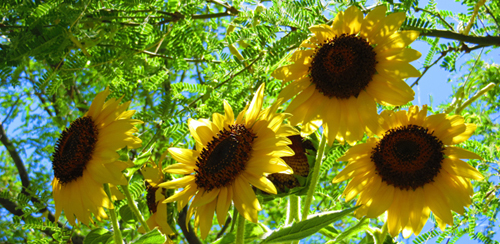

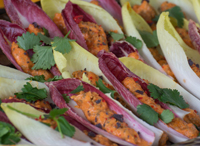
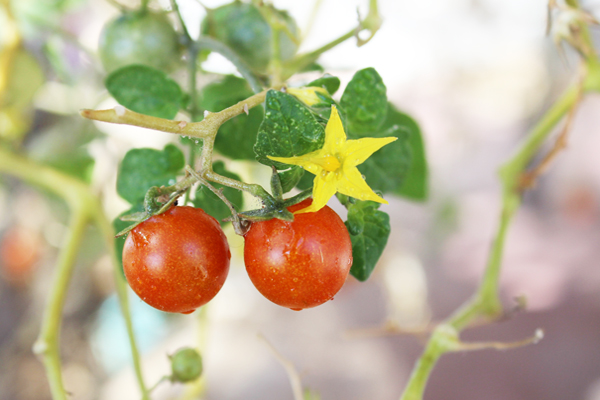

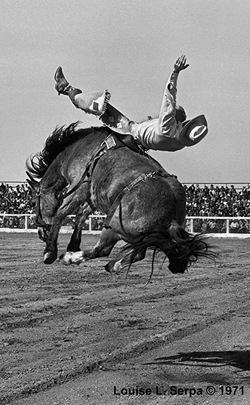
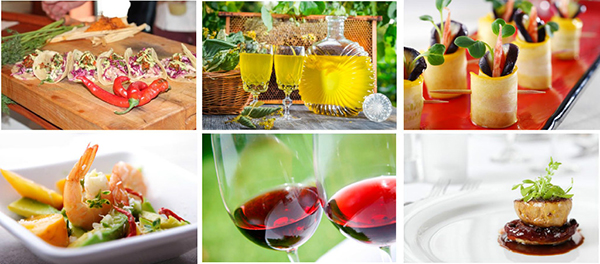 SAVOR marks Southern Arizona’s growth as a culinary arts destination
SAVOR marks Southern Arizona’s growth as a culinary arts destination

 Say goodbye to the aisles and shelves, Maynards Market & Kitchen has taken on a whole new look and taste.
Say goodbye to the aisles and shelves, Maynards Market & Kitchen has taken on a whole new look and taste.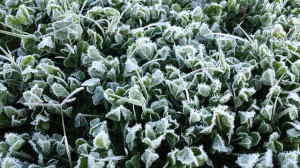




Also find us on...